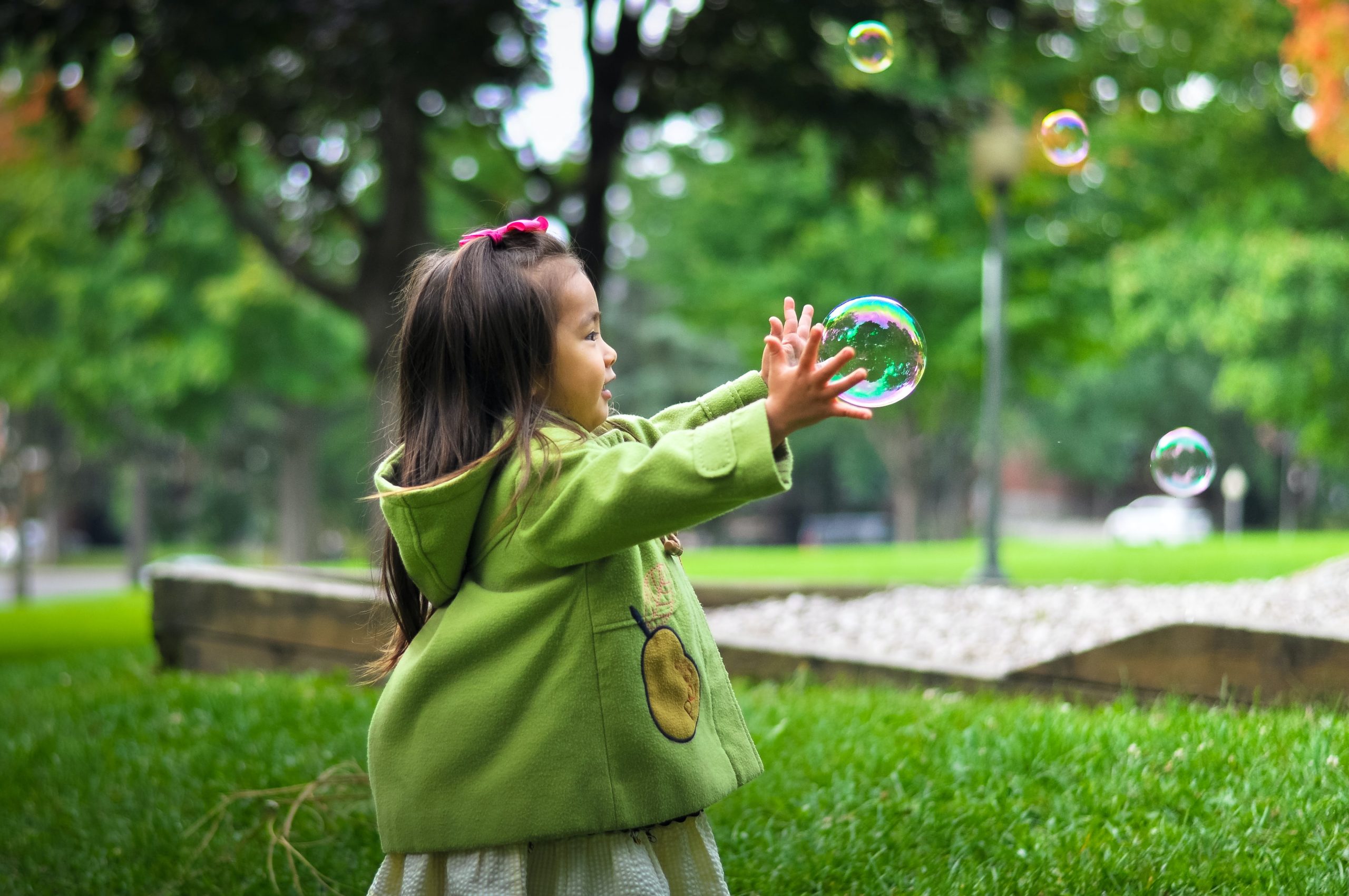What would you be willing to commit to doing for 1000 hours a year? For one family, the answer to that question is as big as the outdoor world is wide.
Several years ago, Josh and Ginny Yurich stumbled upon research suggesting that 4-6 hours of daily outdoor time for children is optimal for healthy development. Astonished, and skeptical that this recommendation could possibly translate to a real-life family’s schedule, the Yurichs accepted the challenge for themselves to spend 1000 hours a year outdoors, largely to offset another statistic that they discovered: that children spend on-average 1200 hours a year in front of a screen (AACAP, 2020). This experiment quickly became a lifestyle for the family, which you can read about on their blog, www.1000hoursoutside.com, or on Instagram @1000hoursoutside. Josh and Ginny, inspired by their immersion into the outdoors, continue to chronicle their adventures and build resources to help other families do the same.
_________
It doesn’t take too much reading and research to find that the Yurichs just might be onto something. Charlotte Mason, a leading reformer of education at the turn of the 19th century, is credited for initiating many of the conversations regarding children’s need for free play and exploration of the outdoors. She believed that nature itself played a major role in education, with very little academic intervention needed from adults in the first six years of life. She wrote,
“The educational error of our day is that we believe too much in mediators. Now, Nature is her own mediator, undertakes, herself, to find work for eyes and ears, taste and touch; she will prick the brain with problems and the heart with feelings” (Mason et al., 2005).
Though Charlotte Mason’s work took place over a century ago, there continues to exist a healthy body of contemporary research that largely agrees with her suggestions for free play and nature exposure for children (Hanscom, 2016; Louv, 2008). Benefits to outdoor exposure for children of all ages include increased executive functioning, creativity, regulatory skills (the ability to independently calm oneself), focus, physical fitness, and relational connection (Weir, 2020; McCarthy, 2020).
And while 4-6 hours of outside time may seem like an extraordinarily lofty goal for your family, there are still simple ways to expose your child to the natural world that don’t necessarily have to equate to 4 or more hours a day.
For newborns and infants, even small amounts of sunshine and outdoor exposure can assist in helping a child build circadian rhythms and sleep more soundly at night (Harrison, 2004). This could be achieved by something as simple as walking to the mailbox together, pausing to chat with your child about what you see on the way. Or, maybe you find yourself lingering while getting out of the car to go into the grocery store. Many of our everyday activities are marked by rushing from one indoor space to another. Simply pausing in the outdoor air and remarking on 2-3 things that you see can begin to build on your child’s outdoor experiences.
For an added touch, include some sensory input. “See that tree? I wonder what it feels like; let’s touch it! The leaves are smooth on your hand, but the bark is rough.” Commenting on outdoor experiences adds to your child’s language development, no matter how young.
Further suggestions from parents who seek to make outdoor time a priority for children of varying ages include eating meals outdoors, using outdoor sights as a way to introduce words in foreign languages, encouraging children to paint or draw a scene that they see, or encouraging “free play” in a wide-open space in which children can play freely with imagination and exploration (Shafer, 2021).
_________
Since learning of the Yurich family, and their hashtag #1000hoursoutside, I’ve been fixated on the idea of 1000 hours for my own family. At a time like this, as we are collectively peering down another year still inevitably ridden with talk of pandemics and masks and mandates, the idea of 1000 hours outside—or anywhere other than our respective living rooms–seems more and more appealing.
You see, biology tells us that we are plainly not meant to spend this long mucking through the pandemic-induced stress response of “fight or flight.” It is a response meant to be a short-term survival strategy, marked by short jolts of cortisol and epinephrine, not a long-term fix (Harvard Health, 2020). And the more we live submerged in these hormones that were designed to be short-term solutions, the more of a persistent impact this stress will wreak on our physiological selves.
Year three of pandemic life is upon us, and it is time—time to emerge from our survival mindset and begin settling into life on our own terms—living with wonder and expectation, once more.
And for those of us with children, this task toward wonder is even more important. I’m sure we could each write novels about the things our children have lost over the past two years—socially, emotionally, and academically. Yet, we ourselves are the agents for change in the equation; this is the moment we can shred that list of losses and nudge our families into a different direction.
Simply put, we cannot possibly keep white-knuckling this pandemic. We must allow our families to adapt, thrive, and grow–to be curious, to be awed, and seek creativity—things that, for children, are mandatory aspects of healthy development (Kwon et al., 2013).
So, why not loosen those knuckles and try something new? Why not commit to a year of wonder? And while finding those hours of free play and exploration for your children, why not seek that same kind of wide-open wonder for yourself?
Maybe it’s not #1000hoursoutside for your family. Maybe the goal is to read 20 books together. Meet 10 new people. Try 50 new recipes.
What about 500 hours of intentional family time?
Simply put, what does your family need to find excitement and wonder again?
May we join our children in these happy endeavors; may the playful work of their childhood be the joy that releases us from our pandemic sleeps. Happy wonder-ing, friends. I’ll see you out there.
Aacap. (n.d.). Screen time and children. Screen Time and Children. Retrieved January 23, 2022, from https://www.aacap.org/AACAP/Families_and_Youth/Facts_for_Families/FFF-Guide/Children-And-Watching-TV-054.aspx
Hanscom, A. J. (2016). Balanced and barefoot: How unrestricted outdoor play makes for strong, confident, and capable children. New Harbinger Publications Inc.
Harrison, Y. (2004). The relationship between daytime exposure to light and night-time sleep in 6-12-week-old infants. Journal of Sleep Research, 13(4), 345–352. https://doi.org/10.1111/j.1365-2869.2004.00435.x
Kwon, K.-A., Bingham, G., Lewsader, J., Jeon, H.-J., & Elicker, J. (2013). Structured task versus free play: The influence of social context on parenting quality, toddlers’ engagement with parents and play behaviors, and parent–toddler language use. Child & Youth Care Forum, 42(3), 207–224. https://doi.org/10.1007/s10566-013-9198-x
Louv, R. (2008). Last child in the Woods. Algonquin Books.
Mason, C. M., & Laurio, L. N. (2005). In Home Education in Modern English: Volume 1 of Charlotte Mason’s series (pp. 192–193). essay, Ambleside Online.
McCarthy (2020, October 27). 6 reasons children need to play outside. Harvard Health. Retrieved January 24, 2022, from https://www.health.harvard.edu/blog/6-reasons-children-need-to-play-outside-2018052213880
Shafer, S. (2021, April 21). Outdoor Life for preschoolers–early years homeschooling, part 4. Simply Charlotte Mason. Retrieved January 23, 2022, from https://simplycharlottemason.com/blog/outdoor-life-for-preschoolers-early-years-homeschooling/
Understanding the stress response. Harvard Health. (2020, July 6). Retrieved January 21, 2022, from https://www.health.harvard.edu/staying-healthy/understanding-the-stress-response
Weir, K. (2020, April 1). Nurtured by nature. Monitor on Psychology. Retrieved January 24, 2022, from https://www.apa.org/monitor/2020/04/nurtured-nature
Yurich, V. (n.d.). 1000 hours outside. 1000 Hours Outside. Retrieved January 20, 2022, from https://www.1000hoursoutside.com/




